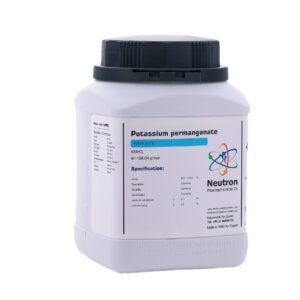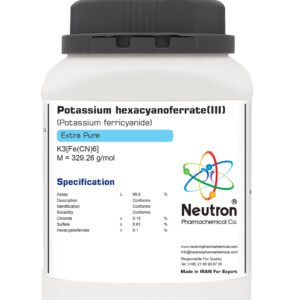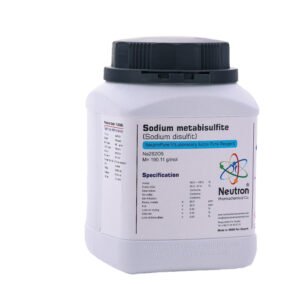منگنز (ii) کلراید دی هیدرات
| Formula | MnCl2 *2H2O |
| Chemical formula | MnCl2 *2H2O |
| Molar mass | 161.87 g/mol |
| CAS number | 20603-88-7 |
| HS Code | 28273980 |
| EC number | 231-869-6 |
| Storage | Without limitation |
| SDS | available |
| RTECS | OO9630000 |
| R phrase | R 22-51/53 |
| S phrase | S 61 |
| Odour | odourless |
| Form | solid |
| Color | pink |
| p H value | 5 – 6 (50 g/l 20°C) |
| Solubility in water | 1200 g/l (20°C) |
| Boiling point | 1190 °C |
| Melting point | 650 °C |
| Thermal decomposition | 198 °C |
| Assay | ≥ | 99 | % |
| Description | Conforms | ||
| Identification | Conforms | ||
| Solubility | Conforms | ||
| Calcium | ≤ | 0.01 | % |
| Iron | ≤ | 0/001 | % |
| Zinc | ≤ | 0/005 | % |
| Lead | ≤ | 0/001 | % |
| Sulfate | ≤ | 0/01 | % |
Manganese(II) chloride dihydrate is a pale pink, water-soluble salt that serves as an important source of manganese ions in laboratory and industrial chemistry. It is most commonly used in catalyst preparation, synthesis of other manganese compounds, and occasionally in nutritional supplements.
🏭⚗️ Production
Manganese(II) chloride is typically produced by dissolving manganese metal, manganese(II) oxide, or manganese carbonate in hydrochloric acid. This reaction yields a hydrated salt, commonly the dihydrate form (MnCl₂·2H₂O), which crystallizes upon evaporation of the solution. The compound may also form as a tetrahydrate or anhydrous solid depending on conditions.
🔬 Properties
The chemical formula of manganese(II) chloride dihydrate is MnCl₂·2H₂O, with a molar mass of approximately 161.84 g/mol. It appears as a pale pink crystalline solid that is highly soluble in water and slightly soluble in ethanol. The compound is hygroscopic and must be stored in tightly sealed containers to prevent moisture absorption. It decomposes upon strong heating, losing its water of hydration and ultimately yielding manganese oxides at high temperatures.
🧪 Applications
Manganese(II) chloride dihydrate is used as a precursor in the synthesis of manganese-based catalysts and coordination compounds. It is also used in laboratory-scale reactions involving Grignard reagents, in textile dyeing, and in dry cell batteries. In smaller quantities, it may be added to animal feeds or fertilizers to address manganese deficiencies, although this is less common than other manganese salts.
⚠️ Safety
Manganese(II) chloride is generally considered to have moderate toxicity. Inhalation or ingestion may lead to irritation of the respiratory and gastrointestinal tracts, and chronic exposure to manganese compounds can affect the nervous system (a condition known as manganism). Contact may cause mild skin or eye irritation. Proper protective equipment (gloves, goggles, lab coat) is recommended. The substance should be stored away from strong oxidizers and acids in a cool, dry environment.





